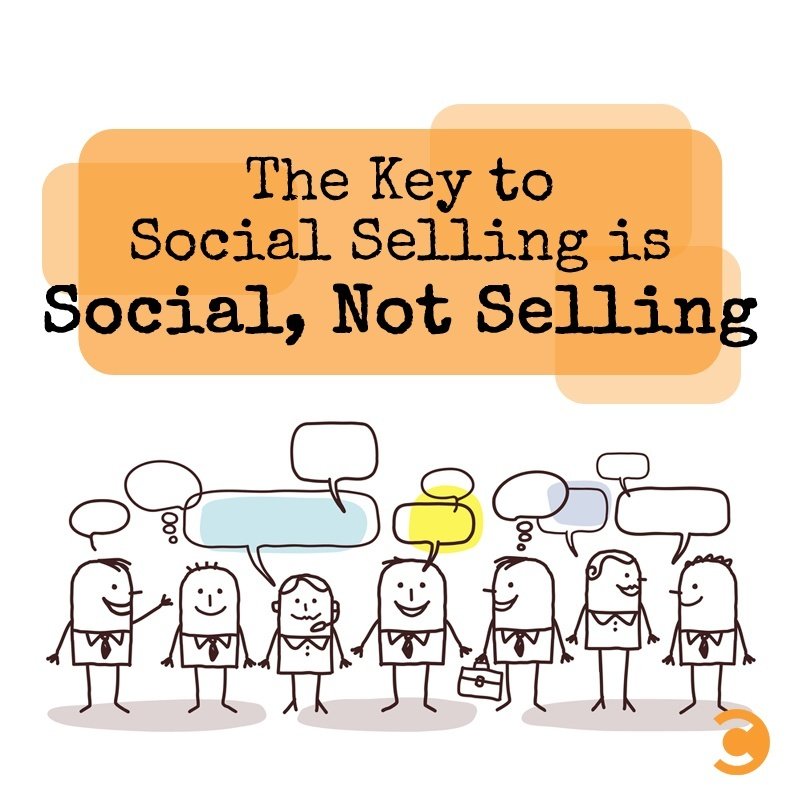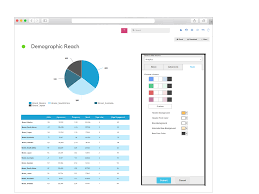
What is the buyer's funnel? How does it work. The buyer's funnel is composed of many stages. Each stage brings with it its own unique challenges. Understanding the stages can help you plan your funnel and measure the results of each step. Listed below are some tips on how to make your buyer funnel work. These steps will enable you to turn prospects into customers. Track ROI. Here are the most common stages of the buyer's journey.
Stages of the buyer's journey
The buyer's journey has three stages. Each stage requires marketing material that is relevant to the buyer. The buyer first becomes aware of a problem. They research the issue. Once they have identified and resolved the issue, they decide whether or no to pursue a solution. This stage is when the buyer can provide actionable data that can be used for improving the relationship. For example, if the buyer bought a heavy-duty machine, periodic emails about its maintenance schedule or customer service can be sent to them. You may also inform them about other products offered by the company.
The consideration stage follows the awareness stage. The buyer investigates the solution and becomes familiar with the problem. The buyer might also be seeking information to solve the problem or make a decision about buying. Buyers may look at other options, such as your product, and then seek out customer reviews and ratings in order to make a decision. In addition to reading reviews, the buyer might also look for coupons.

Analyzing the impact of each step
To measure the impact of each stage within the buyer funnel, it is important to first define the meaning of each stage. This is done by defining the needs of each buyer and identifying the challenges or problems they face. At this stage, you need to make your solution clear and highlight the benefits. Your solution should also be evaluated against other solutions.
Once you've defined your target audience, it's time to start measuring the effectiveness of each stage of the funnel. This includes measuring high funnel lead generation, site time, and branded traffic volume. Depending on the sales cycle, you may also want measure the impact on building audience members of your top-funnel market efforts. Bottom line: The more you measure each stage of the buyer channel, the greater your chances of having a profitable sales channel.
Measuring ROI
Measuring ROI of buyer funnels can be challenging, especially for industries with lengthy sales cycles. While the close time can be anywhere from 2 weeks to 10 years, there are steps you can follow to make it easier. This guide will help you track ROI and increase conversion rates in your online marketing campaigns. Regardless of the industry you're in, measuring ROI can make better decisions for your company. We'll cover some tips to help you get started.

Marketing ROI should always be measured from the point of view of the consumer. That's why a buyer channel is so important. It is important to understand how each touchpoint affects the purchase decision, and how they impact the overall ROI of a marketing campaign. DemandJump’s measurement tools make it easy to account for all touchpoints and determine your ROI. It is free to use, and you can start using it with a free trial today.
FAQ
Should I hire a content marketer to write my content marketing?
No! You don't need to pay a professional writer to produce content for your business. There are tons available online that can assist you in getting started.
What length should my content marketing campaign last?
This can vary depending on the industry or type of product or services offered.
You might spend one to three months designing a new pair of shoes if you are selling shoes. For example, you could launch your new product in August. You may then continue to update it throughout each year.
If you are selling clothing, one look might be for spring and one for fall. Your goal is continually offer something fresh so your audience never gets bored.
The length of time that your content marketing program lasts depends on your goals. For small-scale businesses, you may only need to focus on one channel. To reach large audiences, larger companies might need to consider several channels.
What is Content Marketing?
It involves creating useful and relevant content on your website. This content could include text, images and infographics.
How much should content marketing cost?
The number of leads that you are looking to generate will determine how much. Depending on your industry, the average cost per lead is between $5 and $10. As an example, 20 dollars per lead was the cost of our first business. Today, we spend an average of $6-7 per lead.
What is my ROI from using a Content Marketing Strategy?
The average return on investment (ROI) for businesses that implement a Content Marketing Strategy is between 5x and 10x higher than for businesses that don't.
A Content Marketing Strategy helps to generate leads, and sales.
It provides valuable insights into the business. These insights will help you make better decisions such as identifying opportunities and improving customer service.
Let me tell ya, Content Marketing Strategy can make you a lot of money.
You can easily increase your overall revenue.
What is Content Strategist, and what does it do?
A content strategist assists brands in telling stories by crafting compelling messages that connect with their audiences emotionally. They are storytellers who help brands tell brand stories that motivate people to act.
Content strategists have the ability to develop strategies that attract current and future customers. For example, they use storytelling and data analytics to create compelling experiences that will inspire customers to visit stores, buy goods, and share their enthusiasm online.
They are also able to integrate social media platforms in these campaigns. And they use technology tools such as video and virtual reality to deliver powerful customer experiences.
These strategists create digital content and then translate those ideas into plans that marketers will be able to implement. This includes creating content that can be used on different media (such as television or print), and developing creative briefs. Budget management is also an important part of the job.
Why is content so important?
Any digital marketing campaign needs to include content. In order to attract new customers you will need to create relevant content. The best way to do this is through blogging. Blogs help you establish authority in your niche and make you more trustworthy. This trustworthiness gives you credibility, which leads to higher search engine rankings. And when you rank high, you get traffic from organic searches.
Statistics
- According to the Content Marketing Institute, 70% of B2B marketers and 86% of B2C marketers surveyed use content marketing in some form or other. (criteo.com)
- In fact, would pay more for a better customer experience, and 86% of B2B buyers would pay more. (neilpatel.com)
- According to our research, 65% of companies with very successful content marketing in 2021 ran content audits at least twice a year. (semrush.com)
- Out of the 1,500 marketers we surveyed for our State of Content Marketing report, 78% who felt their content marketing strategy was exceptionally effective in 2021 had documented their strategy. (semrush.com)
- According to research compiled by Coschedule: Companies that publish 16+ blog posts a month get as much as 3.5x as much traffic as those that publish 0-4 posts a month. (criteo.com)
- This marketing strategy landed Ford a 15.4% conversion rate. (neilpatel.com)
- Forty-seven percent of buyers view 3 to 5 pieces of content before engaging with a sales representative. (mailchimp.com)
- Measure your goals with a progress indicator of 0-100%. Make your goals collaborative and transparent (semrush.com)
External Links
How To
How to write a press release that is effective
Press releases can be a powerful way to establish authority and credibility in your field. They also help you build relationships with journalists and other influential contacts.
Many business owners are unable to create compelling press releases due to lack of the required skills.
Here are some tips that you can use to create your next release.
Know Your Niche
Before you begin writing your press release, you need to understand your niche. This means knowing what makes you unique, what sets you apart from competitors, and what makes you different than everyone else.
For example, suppose you're a real estate agent. Consider including information about your professional affiliations. For example, the association you belong is important. Also, how long you have been working in the industry. Perhaps you could mention your experiences working with clients or providing exceptional customer service.
Include Keywords In Your Title
The title of your press release is often the most important part of the document. This is the most important section of your press release that search engines will see, so you need to grab people's attention right away.
The best titles include keywords related to your product or service. If you sell custom-made bridesmaid dresses, for example, you may use words like bridal dresses, wedding dresses or customized wedding dresses.
Make your Headline Relevant
Your headline should be the first line of your press release. It's what people will read first, so it has to be catchy and relevant.
If you're writing a press statement for the first-time, it's likely you won't know what type of content works best. Test different headlines against one another. You will be able to determine which one generates the most click rates.
You can also run a Google search for your company name along with "press release." The top results will give you a good idea of what kinds of topics work well.
Perhaps you've heard the expression "write for your self, but publish others." You can't just create a press kit without knowing who your audience really is.
Write With A Purpose
Three sections make up most press releases.
Each section has specific elements that make it easy for readers to grasp the main points of your message.
Executive Summary
This is the shortest and least detailed section of your press release. It typically consists of one paragraph which summarizes your press release.
This section contains information about your service or product. This is where you can explain the benefits of your products and services.
Conclusion
This is the final section of your press release, and it includes two paragraphs. First, summarize the key messages from your body. Then end on an optimistic note by stating something positive about your business.
Here's an example of a conclusion:
"My new book is full of practical advice for anyone who wants to improve health and wellbeing through exercise. I hope my book helps you achieve your personal goals."
Do Not Forget to Include URLs
When sending out press releases, it is common to include a link to your website. You may not be aware of the different types and types.
We'll take a quick look at what types of links to add to your press release.
-
Email: Be sure to include the URL of your press release in an email.
-
Social media: Add social sharing buttons to your website. This will allow users to share your press release and link to your website.
-
Blog: Write a blog about your press release. Include a link to your press release in the text.
-
Website: Link directly to your website using the URL included in your press release.
-
Directory: Submit your news release to online directories, such as Digg or Yahoo! Press Release Directory.